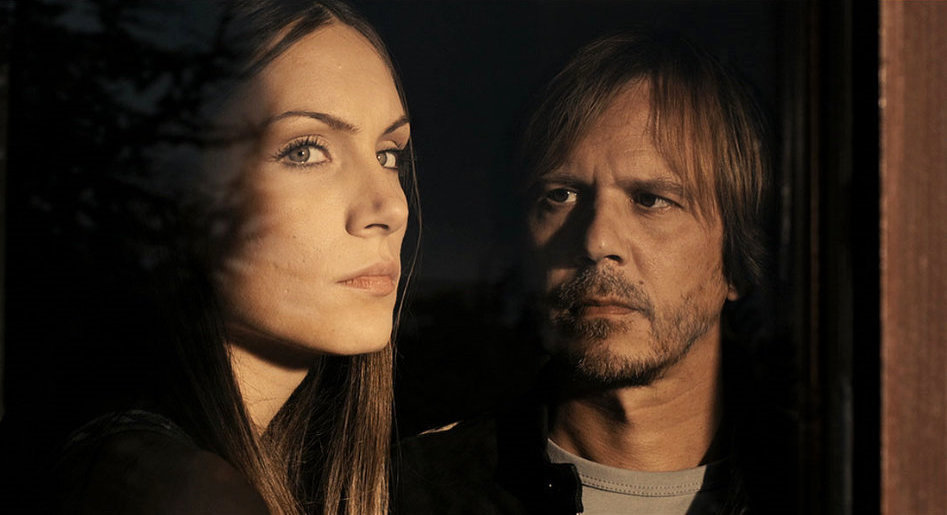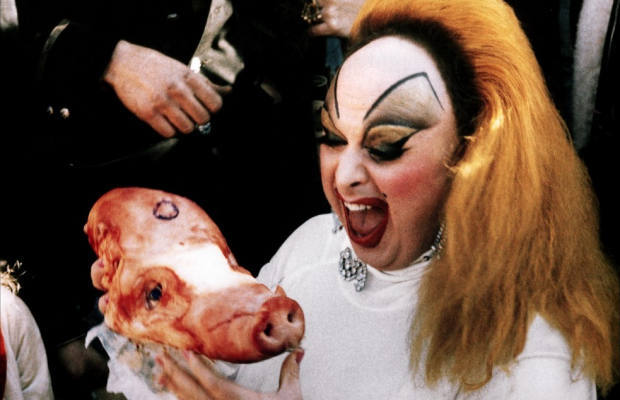
In America, the NC-17 film rating (no one 17 and under admitted) is mostly a curse. Due to the nature of film ratings, if a film receives an NC-17 rating from the MPAA (the Motion Picture Association of America), it means your theatrical release would be very limited and the film might possibly tank at the box office.
Films receiving an NC-17 rating often cut those scenes that might cause the rating and resubmit it for the hopes of getting an R-rating. Some succeeded, and some didn’t.
However, there are exceptions, films like “The Dreamers”, “Bad Education” and “Lust, Caution” are among the films that did well at the box office despite their NC-17 ratings. Some NC-17 films even found their success on the home media market; Paul Verhoeven’s “Showgirls” is an example of one such case.
We make this list not to recommend for the shock values of these movies; we want to explore the reasons as to why they were rated NC-17, and if that made sense in terms of their artistic and cultural value.
We believe that most of the movies on this list have actually been misunderstood, as you have to know the intentions of the directors who made them to fully understand why they were made in such uncompromising ways. After all, in the world of film, there is no rating needed.
10. Tie Me Up! Tie Me Down! (1989)

Spanish filmmaker Pedro Almodóvar likes to explore the dark corners of human desire. His early effort, ”Tie Me Up! Tie Me Down!”, is not one of his most famous films, but definitely one of the most controversial. It deals with the classic Stockholm Syndrome; the plot follows a psychiatric patient who kidnaps an actress and forces her to fall in love with him.
Many consider this to be a classic S&M film, but the director denied that the ropes here have any links with sadomasochism. He said, “Tie Me Up! Tie Me Down!” is essentially a love story, or rather a story of how someone attempts to construct a love story in the same way as he might study for a degree: by means of effort, willpower, and persistence. When you have nothing, like the main character, you have to force everything, including love. Ricky has only (as the flamenco singers say) the night, the day, and the vitality of an animal.”
9. Last Tango in Paris (1972)

This is the first of two Bertolucci films on this list and a more controversial one. The story is about an American widower who begins an anonymous sexual relationship with a young Parisian woman.
Its raw portrayal of sexual violence led to international controversy, and the film’s scandal centered mostly on an anal rape scene with the use of butter. According to actress Maria Schneider, the scene was not in the original script, but was Marlon Brando’s idea. Other negative reviewers focused on when Brando’s character Paul asks Jeanne to insert her fingers in his anus.
Famous American critic Pauline Kael loved the film and called it “the most powerfully erotic movie ever made, and it may turn out to be the most liberating movie ever made.” You have to see it to believe this statement.
8. Crash (1996)

Canadian director David Cronenberg is often associated with the body horror subgenre, as his early movies all deal with the destruction or degeneration of the human body, and they have all kinds of shocking scenes. But when the filmmaker combines body horror with twisted sexuality, the result is one of the most controversial movies of the 1990s, because of its vivid depictions of graphic sexual acts instigated by violence.
The film received mixed reviews from critics. Roger Ebert gave it 3.5 stars out of 4 and said, “I admired it although I cannot say I ‘liked’ it.” Martin Scorsese called it the eighth best film of the decade. It’s now become a cult classic, and if you are comfortable with the idea of people getting sexual pleasure from car crashes, you should give it a watch.
7. A Serbian Film (2010)

Certainly the most controversial film on the list, ”A Serbian Film” is notorious for its graphic depictions of rape, necrophilia, and the sexual abuse of children. The film has been banned in Spain, Germany, Australia, New Zealand, Malaysia, Singapore and Norway, and is temporarily banned from screening in Brazil.
Director Srdjan Spasojević responded to the controversy, saying “This is a diary of our own molestation by the Serbian government … It’s about the monolithic power of leaders who hypnotize you into doing things you don’t want to do. You have to feel the violence to know what it’s about.” He also claimed the film is a parody of the modern politically correct films made in Serbia, which are financially supported by foreign funds.
This is a disturbing horror film on its surface, but if you know the context of the creation of the film, everything makes sense.
6. Pink Flamingos (1972)

John Waters is an American director famous for his transgressive cult films. Among his many collaborations with his star Divine, “Pink Flamingos” stands out as one of the most culturally influential.
The film is literally a competition of who is the filthiest person alive. It is notorious for its outrageousness, nudity, and profanity, as it contains several scenes that center on exhibitionism, voyeurism, sodomy, masturbation, gluttony, vomiting, rape, incest, murder, and cannibalism.
The movie found its audience during midnight movie screenings and became a campy cult classic like “Rocky Horror Picture Show”. An American “New Queer Cinema” director even called it “an absolute classic piece of American cinema, right up there with ‘The Birth of a Nation’, ‘Dr. Strangelove’, and ‘Boom!’”